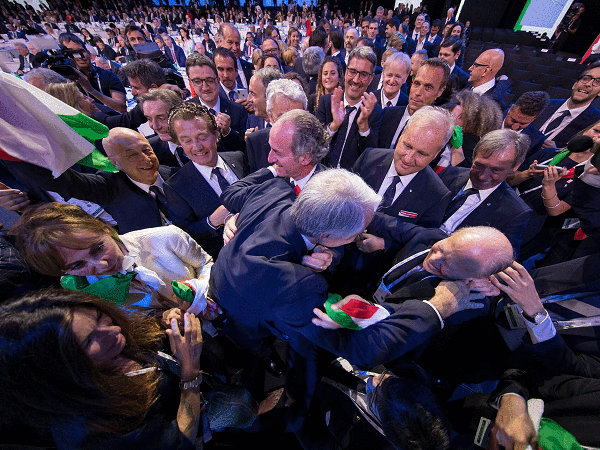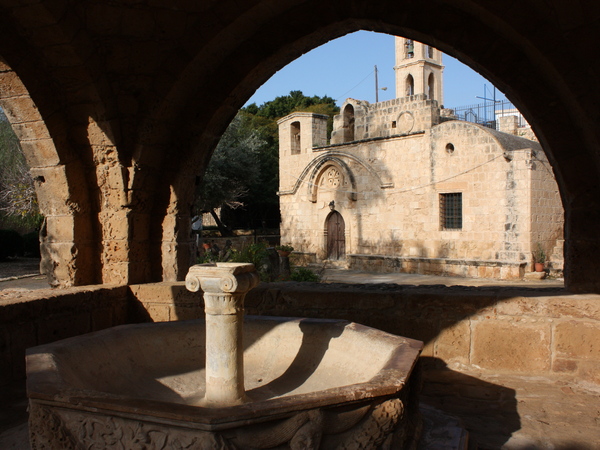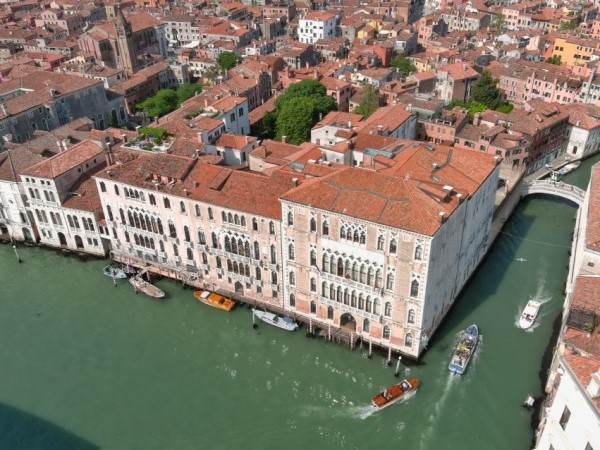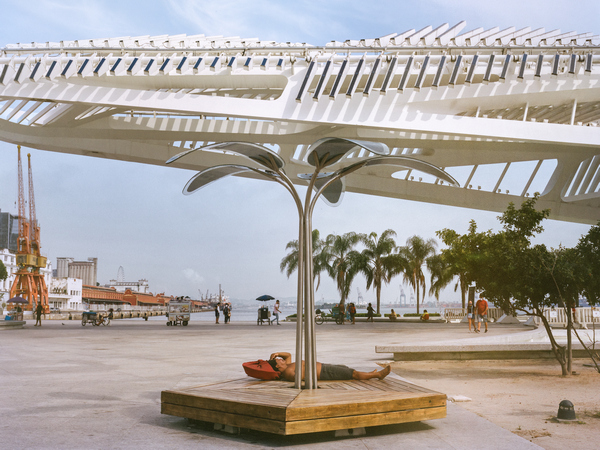Over 1 billion euros in expenses and investments and and about 14.000 new jobs - these are the estimated numbers for the Milan-Cortina 2026 Winter Olympics, according to a study by Ca’ Foscari University of Venice.
The research was carried out by Regional Economics professor Jan van der Borg, Economic Policy professor Mario Volpi, Nicola Camatti, Research Fellow in Applied Economics and Andrea Albarea, postdoc researcher and quantitative methods expert, all working for the Department of Economics.
The objective of this research was to estimate the economic and fiscal impact of the Milan-Cortina 2026 Olympics on the Veneto economic system and on that of the Autonomous Provinces of Trento and Bolzano, paying particular attention to the growth generated in the regional production system and the related effects on added value, employment and income.
To assess the economic impact that the Olympics event will be able to activate, an Input/Output model (or I/O model) based on the Veneto cross-sectoral table was used.
The I/O model, developed originally by the economist Wassily Leontief, is still today among the most widespread tools for analyzing the economic impact and is also applied in the evaluation of the impact a so-called mega-event, including sports events.
The research was structured in three fundamental phases:
1. An inventory of the expenses generated for the entire implementation of the Olympic games;
2. An estimation of the economic impact of the games;
3. An estimation of the tax revenue generated by the event.
The first part of the study focused on identifying all the expenses generated for the entire preparation and the implementation of the Olympic Games, dividing them into three categories:
• capital expenditures (CAPEX), which refer to the expenses for the construction of the plants necessary for the Olympic games and for the refurbishing and the requalification of the existing plants;
• operating or management costs (OPEX), relating to the organization and the execution of the Winter Olympics;
• the expenditure generated by those who will attend the Olympics, which include the expenses that will be made by visitors and, to a lesser extent, by the "Olympic family" (athletes, training staff, accompanying persons, and so forth).
Overall, the expenses and investments activated by the Milan Cortina 2026 Olympic Games amount to 1,123,636,365 Euros for the Veneto region and the autonomous provinces of Trento and Bolzano.
The value of the production amounts to 1,461,025,622 Euros (with a multiplier of 1.30) and that of GDP to 839,086,009 Euros (with a multiplier of 0.75). The occupation generated by the event is 13,800 jobs (expressed in terms of FTE) in the Veneto region and Trentino-Alto Adige.
Thanks to the activation of the national and regional economic system estimated above, it was also possible to provide an estimate of the fiscal impact that the Milan-Cortina Winter Olympics could generate. The following table shows the estimated revenue for the main national, regional and municipal taxes:
Average Tax Rate | CAPEX | OPEX | Expenses of the visitors | Total | |
National taxes | 205,384,981 | ||||
Income tax | 11.86% | 10,290,396 | 50,585,232 | 26,708,118 | 87,583,746 |
Indirect taxes |
|
|
| 100,649,313 | |
“IRES” | 2.32% | 2,015,215 | 9,906,335 | 5,230,372 | 17,151,922 |
Regional taxes | 16,454,295 | ||||
“Addizionale regionale” | 0.59% | 513,891 | 2,526,169 | 1,333,773 | 4,373,833 |
“IRAP” | 1.64% | 1,419,359 | 6,977,242 | 3,683,862 | 12,080,462 |
Municipal taxes | 4,222,760 | ||||
“Addizionale comunale” | 0.32% | 279,239 | 1,372,676 | 724,749 | 2,376,663 |
Tourist tax |
|
|
|
| 1,846,097 |
Total |
|
|
|
| 226,062,036 |











